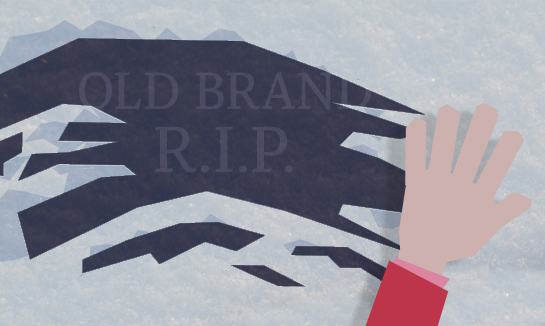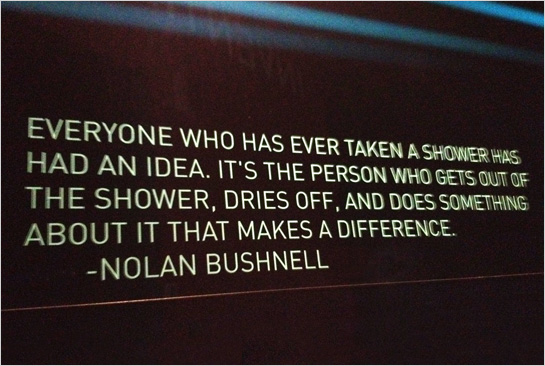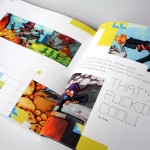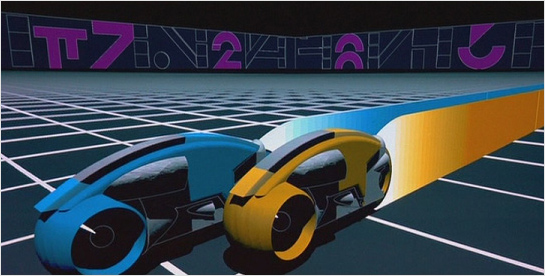
It’s wonderful when your passion for a particular niche blossoms into something tangible. In my case, the art of classic video game brand Atari has influenced me since childhood. It engrossed me so much that I’ve spent quite a few hours researching, interviewing, and collecting examples of the illustration, graphic design, and industrial design of this pioneering company. I’ve had the privilege to talk to many artists, designers, and even co-founder Nolan Bushnell about the creative legacy of Atari. That work is beginning to take shape as a book, and as word has gotten out about it, I’ve gotten quite a few questions. So I took the opportunity to talk with Michael Gapper at Edge Magazine and answer some of them. If you also have fond memories of Missile Command and Pitfall Harry, you might enjoy checking out the full interview.












